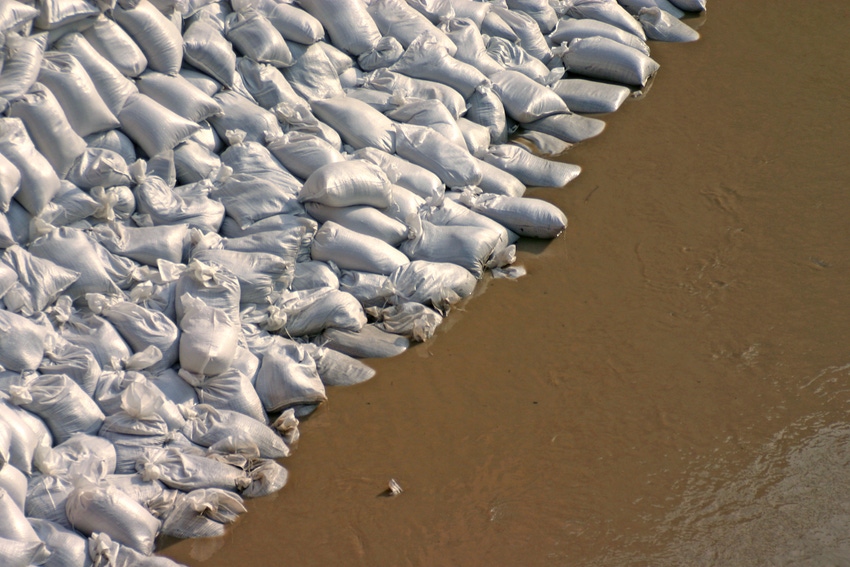February 1, 2013

When Hurricane Sandy tore mercilessly through the Northeast last October, the nation saw firsthand how much devastation an extreme weather event can cause. From floods to fires, tornadoes to blizzards, Mother Nature can be beastly.
When small, independent retailers get hit, they often struggle to recover; some never do. Although you can’t control building-thrashing winds or citywide power outages, you may minimize the resulting damage and its impact on your business by planning ahead for potential disasters. Three experts offer their preparedness tips.
Business Contingency Expert
 1. Craft a business contingency plan.
1. Craft a business contingency plan.
When disaster strikes, you have so much on your mind. So when the weather is clear and nothing is happening, that’s when you figure out your detailed plan. Have it written it down, printed and saved.
2. Review your insurance policy annually.
Meet with your agent and broker once a year to understand exactly what your insurance covers, and ask many questions. Find out whether there’s a time factor—does insurance not kick in for 24 hours after a disaster? A week? Ask about other types of plans available, such as covering equipment breakdown, key man and valuable papers loss. This will ensure your current coverage is the best fit. This is also a good time to take photographs of your store and inventory because your memory is only so good.
3. Ensure suppliers are sound.
Even if you’re not directly impacted by a weather disaster, your suppliers might be. Ask your main suppliers if they have a continuity plan. Do they have multiple distribution centers so that if a disaster hits one spot, another will be able to provide product? It helps to know ahead of time how much a faraway event could impact you.
–Gail Moraton, Business resiliency manager at the Insurance Institute for Business and Home Safety in Tampa, Fla.
 Disaster Relief Specialist
Disaster Relief Specialist

4. Stash some cash.
Build a cash reserve that will allow you to function during a recovery phase. You can apply for a disaster loan, but there’s often a time lag, especially after huge events like Hurricane Sandy when so many people applied at once. Figure out how much it would cost to keep paying vendors and your staff and to keep the lights on in the short term, until loans or insurance kicks in.
5. Back up data.
Many retailers have information about vendors, orders, employees, property and income taxes, customers, etc., saved on a computer or disk. Back it up and store it somewhere else, as far away as possible. You’ll need this info when applying for a disaster loan or filing an insurance claim to prove you owned the destroyed property.
6. Create an outward communication plan.
Miscommunication hurts small businesses. If your doors are shut for a few days or weeks, people might assume you’re not coming back and will shop elsewhere, when all the while you’ve been rebuilding and hoping to reopen. Appoint a communications point person to talk to local media and post updates on Facebook and Twitter to let the community know that you’ll open again soon.
–Carol Chastang, Spokeswoman for the U.S. Small Business Administration’s Office of Disaster Assistance in Washington, D.C.
Retailer
7. Instill a culture of communication.
Make sure to have good communication with your staff at all times. I ask employees to check their email if the weather is inclement, and if their power is out at home, to text me to let me know, whatever time of day. I put everyone’s safety first, so I respect if someone doesn’t want to drive to work on a bad-weather day; we’ll just ask people who live closer to the store to work that day. This way, everyone knows to stay alert and communicate freely, especially in the event of a disaster.
8. Plan to pay food forward.
If your power goes out for a few days and your freezers and fridges won’t work, think of ways the food can be used rather than going to waste. In the days after Hurricane Sandy, we filled carts with food, parked them outside the store and posted on Facebook that anyone could come by and take what they needed. After that, we found a local food bank that still had power, and it hauled away the rest of the goods that would have gone bad.
9. Procure dry ice.
We wish we’d thought to do this before Sandy hit, because it may have helped save some of the frozen and chilled items we lost. We will buy dry ice the next time there’s a chance we could lose power. It’s not very expensive.
–Rhonda Penecale, Owner of Bunn’s Natural Foods in Southampton, Pa.
About the Author(s)
You May Also Like
.png?width=700&auto=webp&quality=80&disable=upscale)




